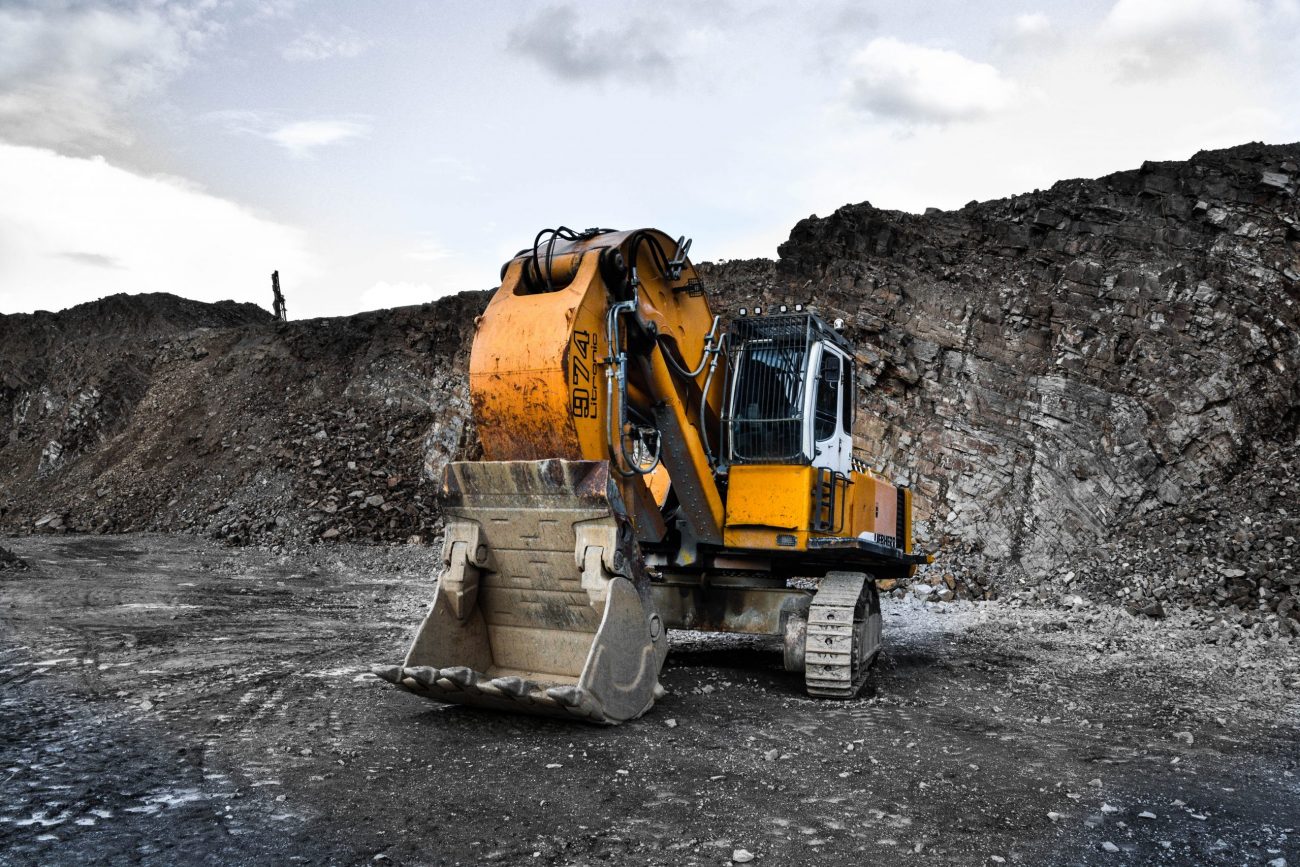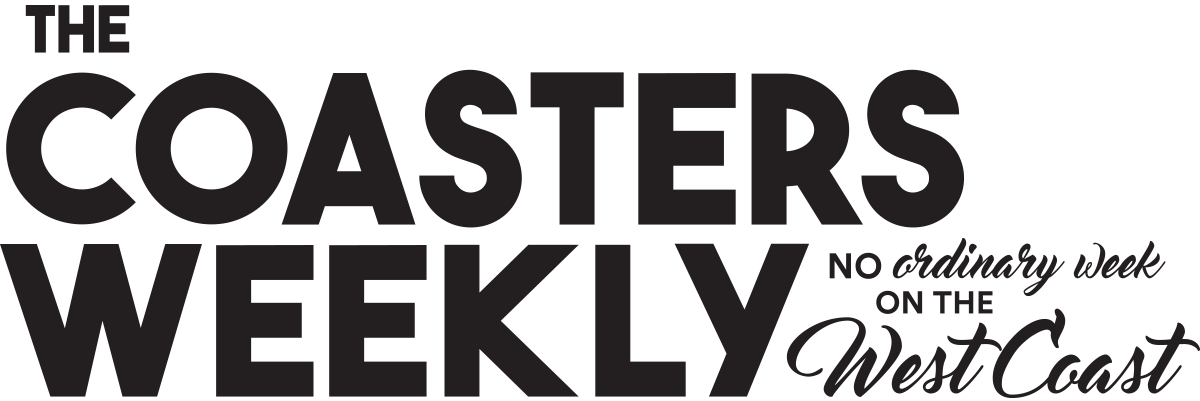Mining: the life blood of the West Coast’s economy
Mining’s contribution to the West Coast’s economic wealth
Around New Zealand there are around 4,193 people employed directly in the minerals sector (excluding quarries).
These are high-paying jobs earning more than $101,400 on average – almost twice the national average wage of $58,900. Many of these jobs support a family and a household in regions and communities that often don’t have the job opportunities that are found in our cities.
Regional development: In areas such as the West Coast, Coromandel and Taranaki, mining plays a substantial role in underpinning regional economies. For example, on the West Coast, a 2010 study by BERL calculated 40% of regional GDP is earned directly and indirectly from mining, mainly gold and coal. Because of the high incomes associated with the mining industry, regions that can exploit their natural resources have relatively high household incomes for a very small footprint – no other land use earns nearly as much per hectare. The high household incomes on the West Coast come from a mining footprint of 14km2, compared to the region’s total area of 23,000km2.
But even though it is such a small footprint, restoring the land after mining is of paramount importance. We take a look at how restoration is tackled on one West Coast mining operation:
Mining’s economic contribution is concentrated in a handful of places in New Zealand. Nationally, its contribution is important, but it is the vital lifeblood, in terms of employment, for some Districts – namely Buller, Hauraki, Waitomo and Waitaki . For example, in the Buller District on the West Coast (the region most dependent on mining in New Zealand) mining and exploration directly employs 339 people – this is 8.12% of its total workforce.

